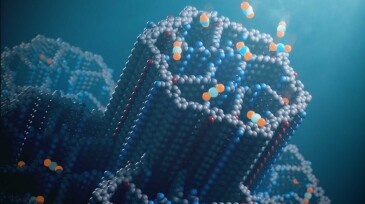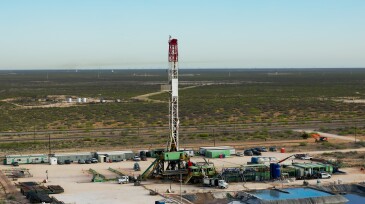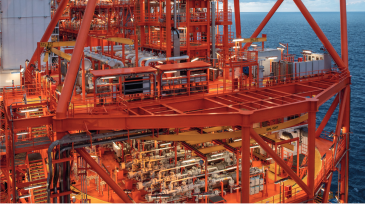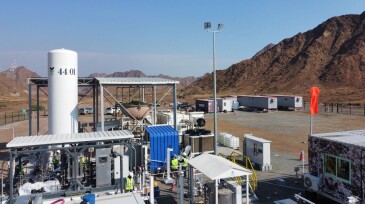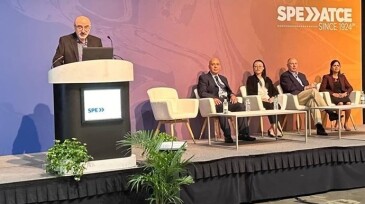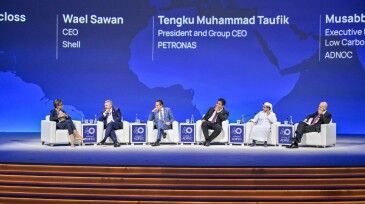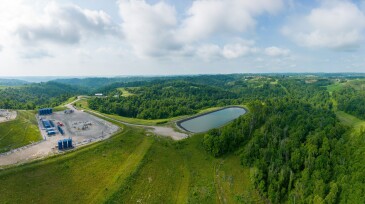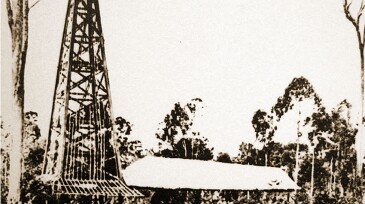Management
KTH researchers unveil a nickel–iron catalyst that speeds up water splitting, boosting efficient, sustainable hydrogen production.
Vår Energi ASA and partners have officially sanctioned the Previously Produced Fields Project in the Greater Ekofisk Area. The redevelopment is expected to add high-value barrels starting in 2028, extending the production life of one of Norway’s key offshore regions.
The Federal Reserve Bank of Dallas’ fourth-quarter energy survey shows that oil prices and geopolitical uncertainty are curbing enthusiasm heading into the new year.
-
Wood Mackenzie analysis projects a full repeal of the Inflation Reduction Act is unlikely, while industry proponents urge permitting overhaul and loosening of burdensome regulations.
-
A new type of porous material called a covalent organic framework quickly sucks up carbon dioxide from ambient air.
-
Operator acquiring oil-weighted New Mexico assets of both Franklin Mountain Energy and Avant Natural Resources.
-
The Denver-based independent is boosting its position in the Canadian shale play by 109,000 net acres, and about 70,000 BOE/D.
-
Contract awards for EPC on shore-based liquification facilities and FEED for upstream offshore infrastructure in Mozambique’s ExxonMobil–Eni project bodes well for an East African LNG hub.
-
With emissions mineralization established as a proven approach, the companies’ next objective is to move the underlying technology toward commercial success.
-
Subject-matter experts from industry and academia advanced distributed fiber-optic sensing technologies and their implementation in flow measurement during a special session.
-
Speaking at this year's ADIPEC, leaders from BP, Shell, Petronas, ADNOC, and Eni said the energy transition must become profitable and that AI will likely play a key role.
-
The deal follows an asset swap on the same acreage earlier in the year and increases Equinor’s natural gas holdings in the region.
-
The birthplace of Royal Dutch Shell, Indonesia and Malaysia, buck trends and grow their gas and oil industries, expecting a record number of final investment decisions in the next 4 years in gas, deep water, and carbon capture projects to support Southeast Asia’s booming economic growth.





